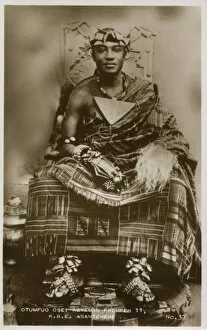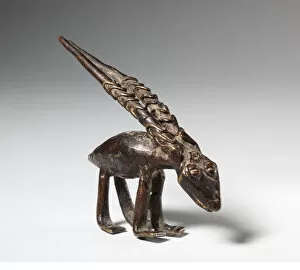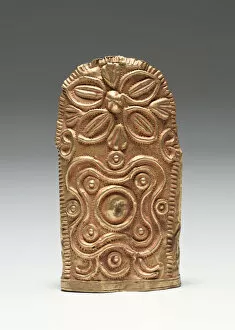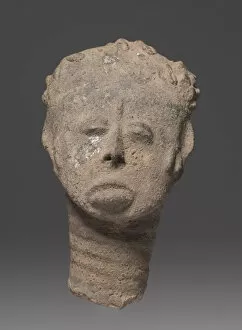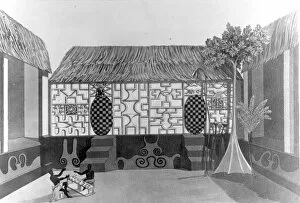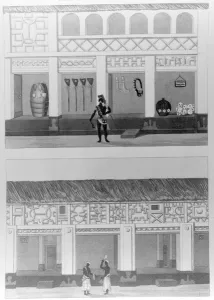Asante Collection (page 2)
Asante, a captivating blend of history and culture, is deeply rooted in the Ashanti Region of Ghana
All Professionally Made to Order for Quick Shipping
Asante, a captivating blend of history and culture, is deeply rooted in the Ashanti Region of Ghana. Located in the vibrant city of Kumasi, this ancient kingdom holds tales of royalty and architectural marvels. Princess Baa of the Ashanti and her husband epitomize the regal elegance that defines Asante. Their majestic presence symbolizes the rich heritage passed down through generations in Ghana. The Ashanti domestic architecture showcases intricate designs that reflect the artistic prowess of its people. Each structure tells a story, serving as a testament to their craftsmanship and attention to detail. During The Ashanti Expedition in 1873-74, Sir Garnet Wolseley's entry into Kumasi on February 4th, 1874 marked a significant moment in history. This event forever etched itself into memory as it unfolded against the backdrop of Gold Coast's West African landscape. Amongst Asante's treasures lies the magnificent Asante Aya Kese - an awe-inspiring brass basin that exudes grandeur and cultural significance. Its sheer size commands attention while representing unity within this illustrious kingdom. A captivating black-and-white photograph from c. 1890 captures an intimate glimpse into Asante life. It portrays an Ashantee King being carried by slaves under a state umbrella surrounded by loyal followers – showcasing power dynamics during that era. Goldweights depicting geometric shapes from Ghana's past serve as tangible reminders of their sophisticated understanding of artistry even centuries ago. These intricately crafted pieces showcase unknown creators' mastery over metalwork during the 17th/18th century. The Royal Chair (Akonkromfi) stands tall with pride, embodying both comfort and authority for those who sit upon it. Its origins shrouded in mystery yet its impact undeniable; this chair represents tradition and nobility dating back to mid-/late-19th century Ghana. Another goldweight boasting geometric design further highlights how aesthetics played a significant role in Asante culture.

